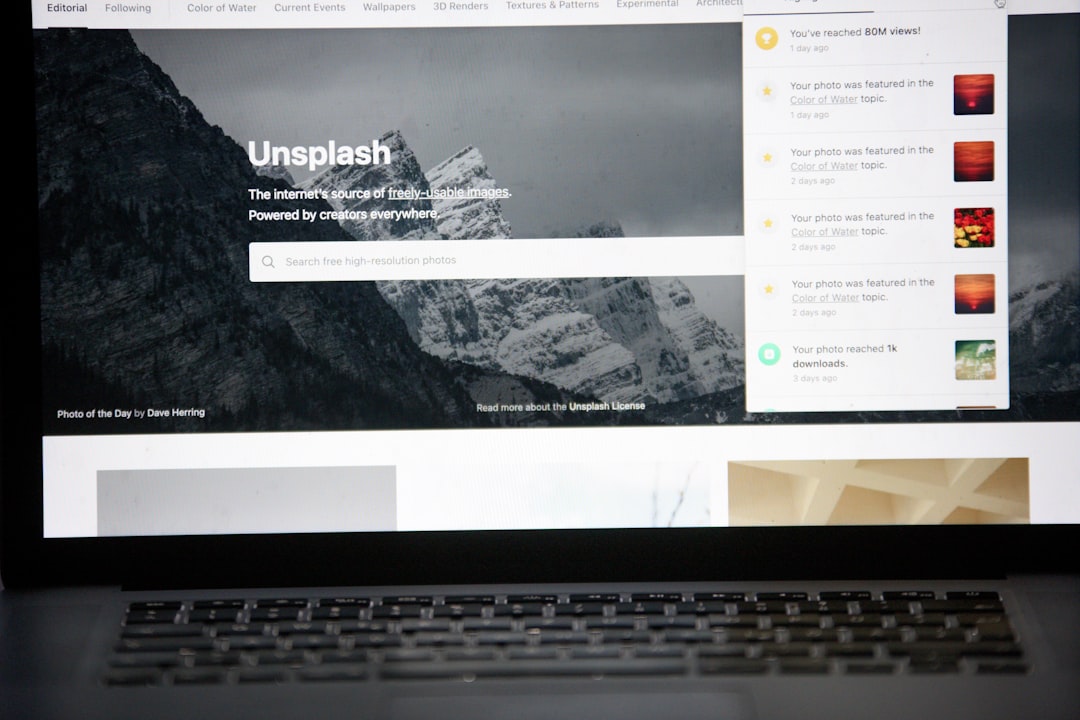
In the fast-paced world of product development and marketing, how and when you launch a feature or product can determine its success. One increasingly popular framework being adopted by innovators and product teams alike is Launch Tiering. This structured approach helps teams manage their launches strategically, focusing on the intended impact, the level of effort required, and how best to communicate with users. Launch Tiering breaks down releases into three categories: Tiny, Major, and Narrative. Each type serves a distinct purpose and is vital in the larger ecosystem of product development.
What is Launch Tiering?
Launch Tiering is a categorization system that helps streamline product and feature releases. Rather than treating every launch equally — which can overwhelm teams and dilute customer excitement — this system allows your organization to scale its operational and marketing efforts appropriately. The concept stems from the idea that not all launches are created equal, and aligning investment with potential impact is key to optimizing team resources and user experience.
1. Tiny Releases: The Foundation of Agility
These are the silent workhorses of product development. Tiny releases usually consist of bug fixes, minor UX improvements, backend optimization, or low-impact features. They are mostly invisible to the user base but play a crucial role in the overall performance and health of a product.
Characteristics of Tiny Releases:
- Low visibility to end-users
- Minimal or no marketing effort
- Fast deployment cycles
- Usually captured in changelogs or release notes
Because these changes typically affect only a small subset of the product or a niche group of users, they don’t require loud announcements. However, consistently executing Tiny releases shows a high level of product maturity and commitment to continuous improvement.

2. Major Releases: The Heartbeat of Product Updates
Major releases are those that bring visible, valuable change to your product. These could include new features, updates to existing capabilities, UI overhauls, or strategic integrations with external platforms. These changes are important enough to warrant cross-functional involvement—often including marketing, customer success, and sales enablement—but not large enough to fundamentally reshape your product’s narrative.
Examples of Major Releases:
- A brand-new dashboard interface
- Extended functionality in a popular feature
- Mobile app support for a previously web-only feature
- New third-party integrations that improve user workflow
Major releases deserve marketing attention. You may push out a newsletter, social media mentions, or a blog post diving into what’s new. Internally, they also provide an excellent way to keep your team engaged and give customer-facing teams new talking points that directly benefit customer acquisition and retention.
Tip: It’s important to make your major releases feel like a big deal to the users who will care most about them—without making them overwhelming for your wider user base. Use segmented communication strategies to achieve this balance.
3. Narrative Releases: Telling the Bigger Story
The most powerful (and rarest) type of launch is the Narrative release. These are big, sweeping changes that redefine how users think of your product, and even your company. Narrative releases are events; they shift perspective, open new markets, and can energize an entire community.

What counts as a Narrative Release?
- A complete rebrand and repositioning of your product
- The launch of a brand-new product line
- Landing your first enterprise client with a publicly shared case study
- A significant pivot in strategy that introduces new capabilities at a platform level
Narrative releases require storytelling. They should be accompanied by:
- Press releases and media coverage
- Demos and webinars
- CEO or founder memos
- Activation campaigns, landing pages, launch events
These releases are moments to plant a flag in the ground—to say: “Here’s who we are, and where we’re headed.” They represent a catalyst phase for growth and visibility and should be treated with the gravity and excitement they deserve.
Choosing the Right Launch Tier
One of the biggest benefits of Launch Tiering is that it enforces intentionality. Before rolling out any new feature or update, the team should ask:
- What problem is this solving?
- Who will be affected?
- What level of communication is needed?
- What will success look like?
By answering these questions, you can quickly determine where your launch fits in the tiering framework. Misclassifying a release can either lead to missed opportunities (underplaying a major feature) or fatigue and user confusion (overhyping a minor feature).
How Tiering Helps Teams and Users
A good tiering system benefits everyone involved. Here’s how:
For Product Teams:
- Provides clarity on how much time and effort should go into prep
- Helps align launch timelines with broader product goals
- Encourages cross-functional collaboration based on impact level
For Marketing Teams:
- Supports content planning and promotional efforts
- Prevents burnout from over-communicating inconsequential updates
- Allows creativity to be focused where it matters most
For Users:
- Reduces noise from irrelevant or minor updates
- Creates anticipation and buzz around meaningful changes
- Strengthens trust in the product’s direction and reliability
Real-Life Application of Launch Tiering
Let’s say a SaaS tool releases a new keyboard shortcut feature—that’s a Tiny release. A month later, they roll out a redesigned dashboard interface, tailored toward data analysts—that’s a Major release. Finally, after a year of rebuilt infrastructure, they’re ready to announce their transformation into a full-fledged analytics platform, entering new verticals with a full rebrand and a keynote event—that’s a Narrative release.
By applying Launch Tiering in this way, companies can scale their communication and internal coordination to meet each moment appropriately. Instead of whiplashing users with updates or overwhelming staff with constant “all-hands-on-deck” launches, each team can focus where it adds value.

Conclusion: Why Tiering Matters Now More Than Ever
In an age of abundant software options and information overload, the way you roll out your product updates can make or break your competitive edge. Launch Tiering is more than a framework—it’s a mindset. It helps you speak to your users in a targeted, meaningful way and ensures your internal teams are aligned on goals and expectations. Whether it’s the silent reliability of a Tiny release or the game-changing boldness of a Narrative launch, every update has its place in the larger story.
So the next time you’re preparing a rollout, ask yourself: Is this a ripple, a wave, or a tidal shift? Let the answer guide everything that follows.





